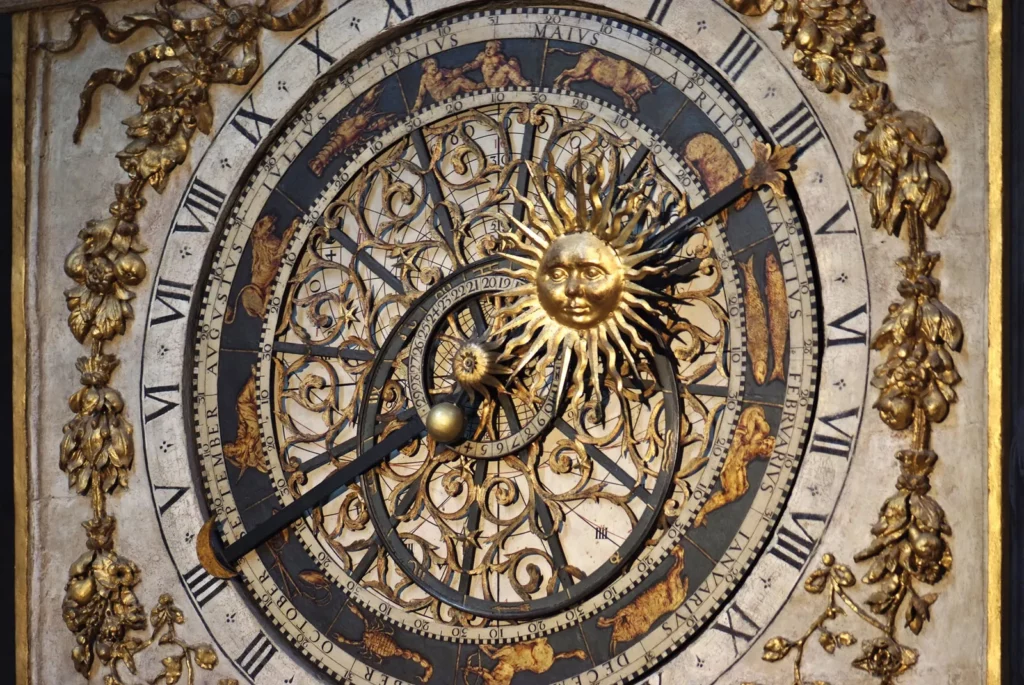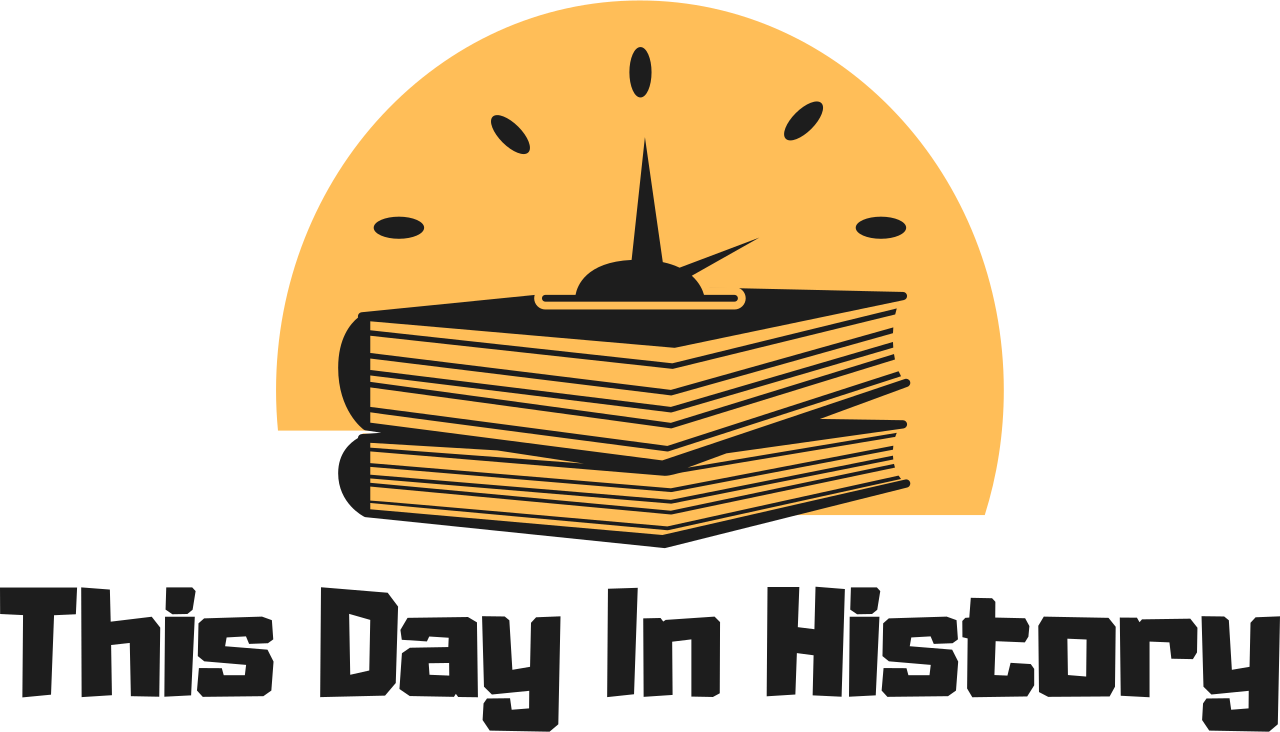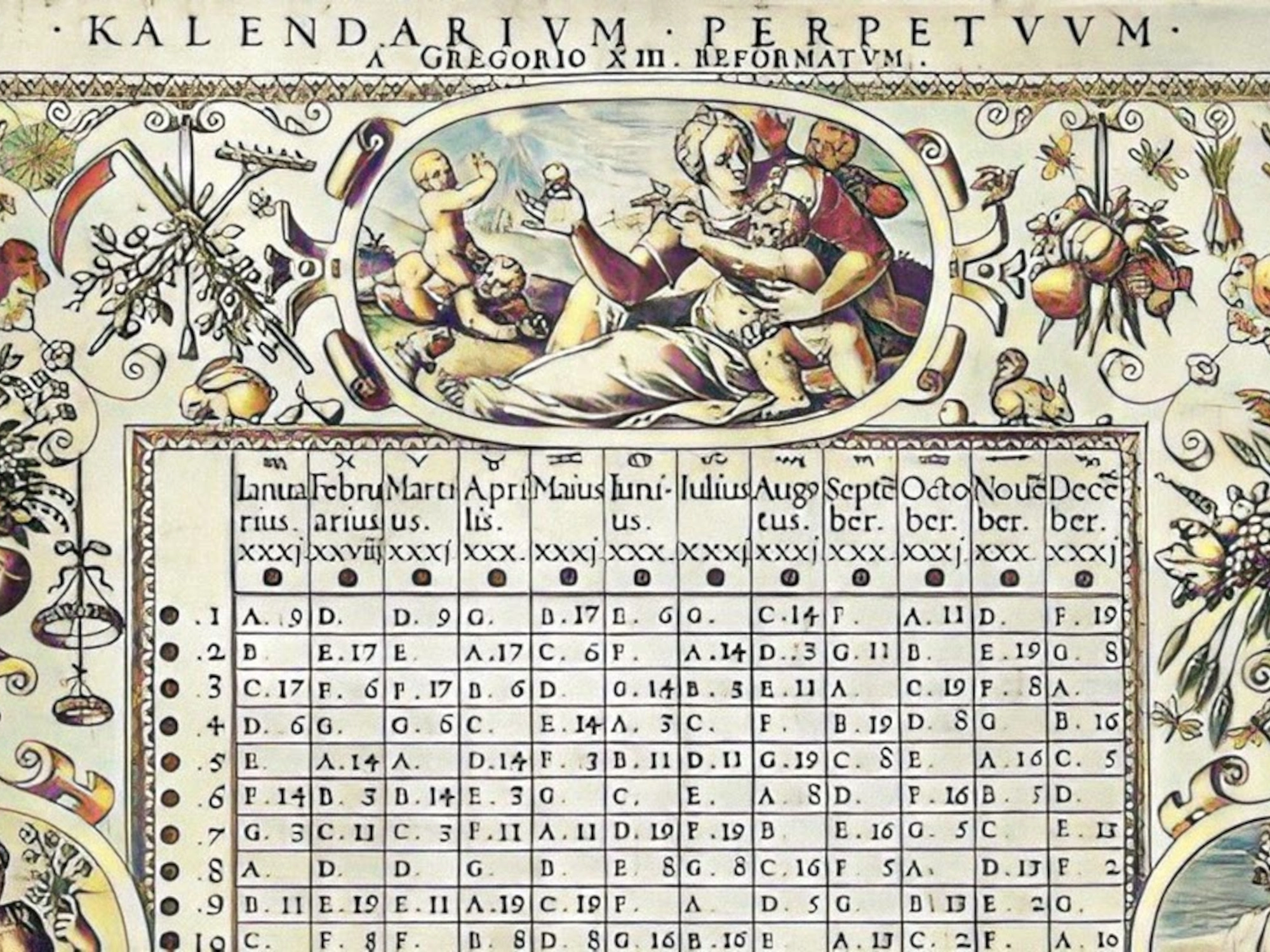As we celebrate the arrival of the New Year, it’s a perfect time to reflect on the significance of this annual transition. We’re not just turning a page in our personal lives but also continuing a tradition shaped by centuries of history – the use of the Gregorian Calendar. This system, now an integral part of our daily lives, carries a story enriched with scientific discoveries, religious milestones, and a global journey towards unification of timekeeping. Join me in exploring the fascinating origins and evolution of the Gregorian Calendar on this very first day of the year.
The Call for Reform:
The story of the Gregorian Calendar begins with the Julian Calendar, introduced by Julius Caesar in 46 BC. Although a significant improvement over the Roman calendar, the Julian system had a critical flaw: it miscalculated the solar year by 11 minutes. This discrepancy may seem minor, but over centuries, it accumulated, leading to a significant misalignment with the equinoxes, crucial for determining important religious dates, especially Easter.
Development of the Gregorian Calendar:
Recognizing the need to realign the calendar with the celestial cycles, Pope Gregory XIII commissioned a reform in the 16th century. The task was entrusted to a group of astronomers and mathematicians, led by Christopher Clavius, a German Jesuit astronomer. They proposed a system that adjusted the leap year schedule and more accurately represented the solar year.
Implementation and the Key Change:
The Gregorian Calendar was officially introduced by Pope Gregory XIII’s papal bull Inter gravissimas in 1582. It proposed a one-time adjustment by omitting 10 days from the calendar. Countries under Catholic influence, including Spain, Portugal, and Italy, swiftly adopted the new system, transitioning directly from October 4, 1582, to October 15, 1582.

Global Adoption – A Gradual Process:
The adoption of the Gregorian Calendar was a gradual and uneven process. Protestant and Orthodox countries were initially reluctant due to its Papal origins. Over the centuries, however, the accuracy and practicality of the Gregorian Calendar led to its wider acceptance. Notably, Britain and its colonies (including the American colonies) adopted it in 1752, while Russia followed only in 1918, after the Bolshevik Revolution.
Modern-Day Significance:
Today, the Gregorian Calendar is the internationally accepted standard for civil use. Its adoption symbolizes a remarkable blend of science, religion, and politics in the pursuit of accuracy and uniformity in timekeeping. The calendar not only serves practical purposes but also stands as a testament to humanity’s quest to organize and understand time.
Conclusion:
As we celebrate the New Year, it’s fascinating to reflect on the Gregorian Calendar’s journey – from a reformative idea in the Vatican to a global standard. This calendar not only marks our days, months, and years but also connects us across different cultures and histories. It’s a reminder of our continuous journey through time, and the ever-evolving ways we choose to measure and celebrate it.












Georgianna Dunderdale
Great information. What an impact the Roman Catholic Church had on the world calendar.